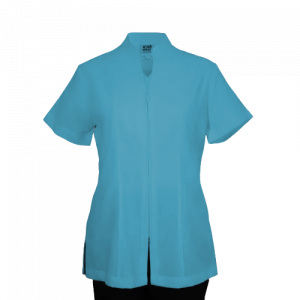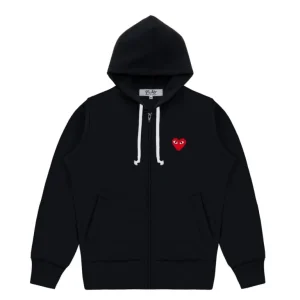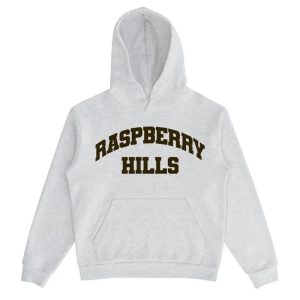
Ever seen a Pakistani bride walk in wearing a heavily embroidered lehenga, sparkling like royalty, and thought—Wow, that’s tradition wrapped in style!? Pakistani women’s clothing is a colorful tapestry where centuries-old traditions meet modern flair like best friends at a tea party.
In this era of global fashion fusion, Pakistani women’s clothing brands like Afrozeh, republic womenwear, maria b, hussain rehar, cross stitch, sana safinaz aren’t stuck in the past—it’s evolving, surprising, and downright stylish. Let’s explore how tradition and trend don’t just co-exist, but actually elevate each other in this rich fashion narrative.
The Cultural Essence of Pakistani Women’s Clothing
A Brief History of Traditional Dress
Pakistan’s traditional attire for women is deeply rooted in South Asian history, influenced by Mughal royalty, tribal customs, and Islamic values. The shalwar kameez, dupatta, and traditional jewelry have stood the test of time, passed down like heirlooms from one generation to the next.
Cultural Symbolism Behind Attire
Clothing isn’t just fabric in Pakistan—it’s identity, heritage, and expression. From the colors chosen to the embroidery patterns, everything tells a story. Red for brides symbolizes prosperity, while mirror work reflects the joy of Sindhi celebrations.
The Pillars of Traditional Pakistani Fashion
Shalwar Kameez: The National Dress
The ultimate combo—comfortable yet elegant. With endless variations in cut, fabric, and embroidery, the shalwar kameez is a wardrobe staple that every Pakistani woman swears by.
Dupatta: Modesty Meets Elegance
Once just a symbol of modesty, now a fashion statement. From chiffon to jamawar, plain to printed, the dupatta adds that graceful touch—floating like poetry around the shoulders.
Lehenga Choli and Gharara: Wedding Staples
Think weddings, think grandeur. These heavily embellished pieces are worn during festive occasions and weddings, showcasing the highest level of craftsmanship and tradition.
The Art of Hand Embroidery
Gotta, zardozi, tilla, and mirror work—Pakistan’s embroidery techniques are rich and labor-intensive, making every outfit a piece of wearable art.
Regional Diversity in Women’s Clothing
Punjabi Vibrance
Bright hues, phulkari embroidery, and flowing dupattas—Punjabi attire is all about life, laughter, and color explosions.
Sindhi Color Play
Intricate mirror work, ajrak prints, and bandhani patterns make Sindhi clothing an ethnic masterpiece.
Balochi Royalty
Heavy embroidery and long frocks characterize Balochi women’s attire, reflecting a regal elegance.
Pashtun Simplicity
Muted tones and graceful cuts dominate Pashtun fashion, celebrating modesty without compromising on style.
The Modern Twist – Pakistani Fashion Today
Designer Revolution in Pakistan
Enter Sana Safinaz, Maria B, Elan, and HSY—Pakistan’s top designers who blend traditional patterns with contemporary cuts. Their creations bring heritage to high fashion runways.
Role of Social Media & Influencers
Instagram and TikTok have revolutionized Pakistani fashion. Influencers showcase styling tips, brand launches, and even revive age-old crafts with their fresh takes.
Fusion Wear: East Meets West
Pakistani women now pair kurtis with jeans, wear sneakers with lehengas, and throw in a belt with a saree. Fusion wear is bold, fresh, and so very now.
Fabrics and Techniques – A Deep Dive
Lawn, Silk, Chiffon, and More
Each fabric has its season and purpose. Lawn for the summer heat, silk for evening glam, and chiffon for that floaty elegance. Fabric is where comfort meets luxury.
Traditional Techniques vs. Machine Work
While machine embroidery speeds up production, handwork still reigns in terms of quality and emotional value. After all, a hand-stitched motif carries the soul of the artisan.
Pakistani Women’s Clothing on the Global Stage
International Runways and Celebrities
Pakistani designers are showcasing at international fashion weeks, and celebs like Priyanka Chopra and Mahira Khan are proudly flaunting Pakistani wear.
Pakistani Brands Going Global
Online platforms have made it easy for brands like Khaadi, Generation, and Sapphire to ship worldwide—bringing desi elegance to doorsteps from Dubai to Dallas.
Tradition Meets Trend – The Real Talk
Are We Losing Heritage or Reinventing It?
Some purists argue that modern cuts dilute cultural essence, but others see it as evolution. Why not let traditions breathe and evolve with time?
Fashion with Identity
Wearing traditional Pakistani clothing isn’t just about style—it’s a statement of pride, culture, and identity in a globalized world.
The Future of Pakistani Women’s Clothing
Sustainable Fashion in Pakistan
Eco-friendly dyes, handloom fabrics, and zero-waste patterns are slowly making their mark, proving that tradition and sustainability can go hand-in-hand.
Next-Gen Designers to Watch
Young designers like Zonia Anwaar and Hussain Rehar are reshaping the fashion map, mixing cultural roots with modern silhouettes.
Conclusion
Pakistani women’s clothing is not a tug of war between tradition and trend—it’s a graceful dance of both. From the timeless shalwar kameez to cutting-edge fusion wear, it’s a story of style that speaks volumes about identity, history, and creativity. So, next time you see a woman in a lehenga with sneakers or a kurti paired with a leather jacket, don’t ask why—ask why not?
FAQs
1. What is the most popular traditional outfit in Pakistan?
The shalwar kameez is the most widely worn and loved traditional outfit across all regions of Pakistan.
2. How has Pakistani fashion evolved over time?
From purely traditional silhouettes to modern fusion styles, Pakistani fashion has embraced global trends while staying rooted in culture.
3. What role does embroidery play in traditional clothing?
Embroidery adds depth, meaning, and uniqueness to Pakistani outfits, often reflecting regional artistry and stories.
4. Is fusion wear common among Pakistani women?
Absolutely! Many women blend traditional and modern elements for everyday wear, especially younger generations.
5. Where can I buy authentic Pakistani clothing online?
You can explore brands like Khaadi, Limelight, Gul Ahmed, and Maria B, all of which offer online shopping with international shipping.




